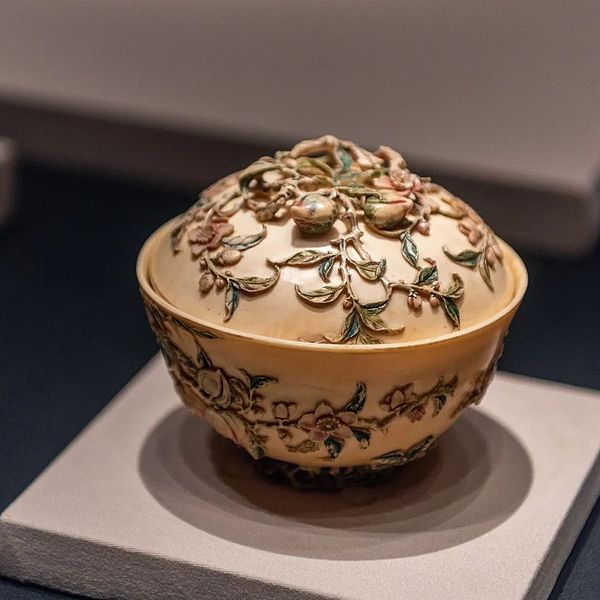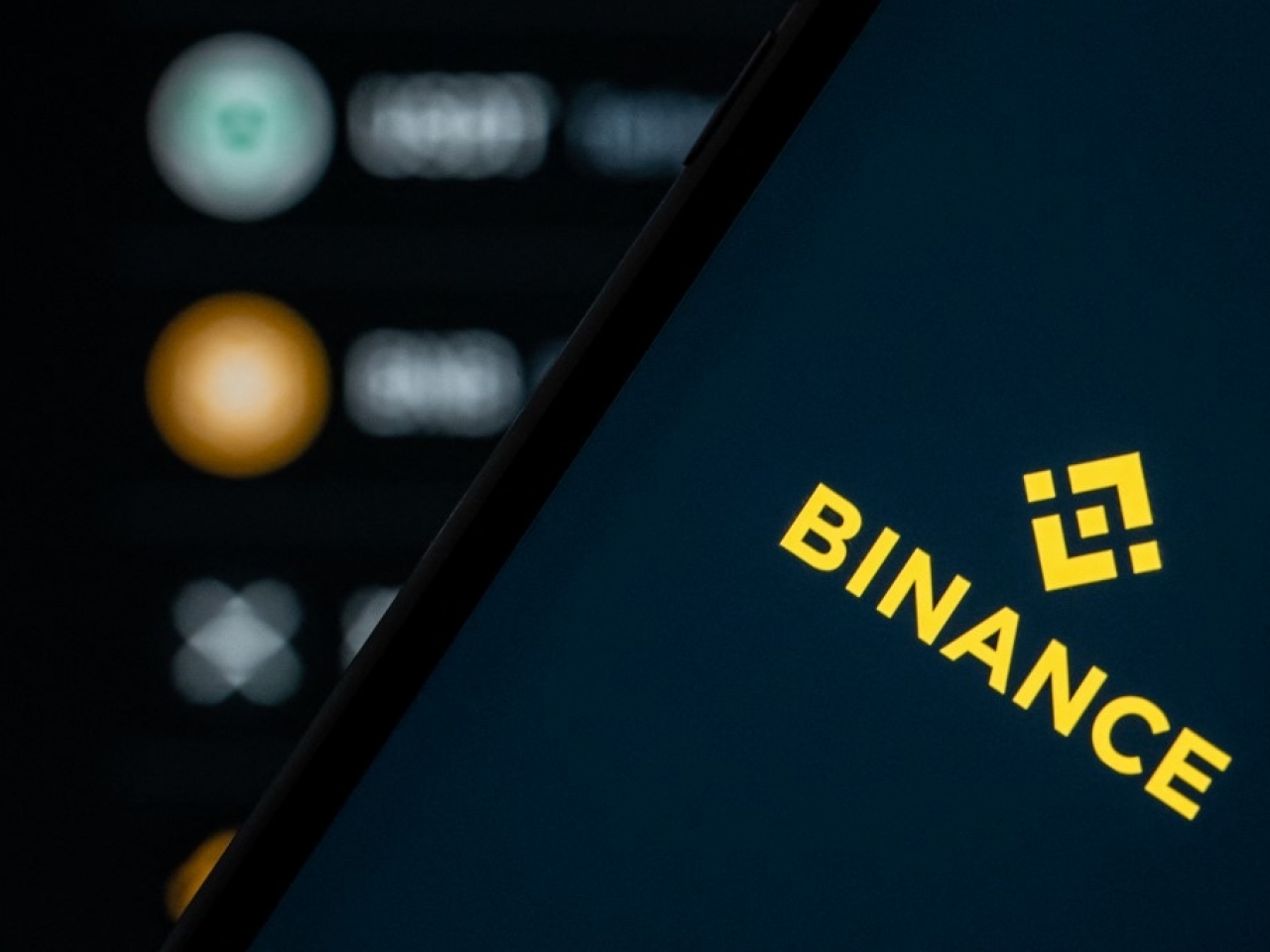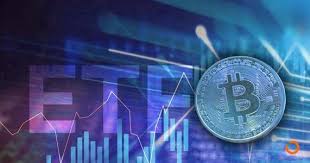Is “The Empress’s Seal” infringing on copyright? The issue is not that simple.
Is "The Empress's Seal" infringing on copyright? It's complicated.Core Points
1. As a cultural relic, the “Empress’s Seal” belongs to the “artistic works” specified in Article 3(4) of China’s Copyright Law. The so-called “work” refers to intellectual achievements that are original and can be expressed in a certain form in the fields of literature, art, and science.
2. The fact that an object constitutes a “work” in the sense of the Copyright Law does not necessarily mean that it is protected by China’s Copyright Law. As a work of art, the “Empress’s Seal” has exceeded the copyright protection period specified in China’s Copyright Law. Therefore, even if the “Empress’s Seal” constitutes a work of art, the act of reproducing it still does not violate the Copyright Law and does not constitute an infringement of copyright.
3. Photos taken of the “Empress’s Seal” may constitute “photographic works” in the sense of the Copyright Law and therefore be protected by the Copyright Law. However, in most cases, photographing and copying the “Empress’s Seal” may not constitute a “work” in the sense of China’s Copyright Law due to lack of originality and will only be considered a copy of the original “Empress’s Seal,” which is not protected by China’s Copyright Law. Therefore, it does not constitute an infringement.
- Vitalik Buterin proposes that Ethereum will fail without L2. What new opportunities can the Cancun upgrade bring to L2?
- What are Stacks? What challenges might the BTC Layer 2 network Stacks face?
- What are Intents? What are their use cases? What possibilities exist for the future?
4. Even if it is difficult to determine whether the “Empress’s Seal” is protected by China’s Copyright Law, this does not mean that the secondary creation of cultural relics is not regulated by law. When digital collection platforms engage in secondary creation of cultural relics in museum collections, they must abide by the provisions of the Cultural Relics Protection Law, recognize the special cultural value and spiritual connotation contained in cultural relics, and ensure that the NFT digital collections they produce do not contain malicious distortion, tampering, or caricature of cultural relics and are not used for improper purposes, in order to avoid harming public sentiment and violating public order and good customs.
Recently, a certain museum in China issued a notice accusing a digital collection platform of selling digital collections of the “Empress’s Seal” without authorization from the museum, which constitutes infringement. Subsequently, the digital collection platform also issued a notice stating that national cultural relics can be enjoyed and reasonably used by the public without special authorization, and museums, as the managers of national cultural relics, have no right to prohibit or arbitrarily restrict the public’s reasonable use of cultural relics. Therefore, the development of digital collections by the digital collection platform based on the “Empress’s Seal” does not constitute infringement. This incident has sparked heated discussion in the field of digital collections. Today, the Sa team will briefly summarize the ownership and protection of copyright in cultural relics, photographs, paintings, and 3D modeling works based on cultural relics.

1. Distinguish clearly between the protection of the copyright of cultural relics, photographs, paintings, and 3D modeling products based on cultural relics
When discussing the protection of copyright, the public may have a vague and complex understanding of the objects related to cultural relics, photographs, paintings, 3D modeling products based on cultural relics, etc., and the copyright protection issues related to them cannot be confused.
01 As the “Seal of the Queen”, which is a work of art in the sense of the Copyright Law, it has exceeded the protection period stipulated by China’s Copyright Law and is not protected by the Copyright Law.
As the “Seal of the Queen”, which is a cultural relic, it is undoubtedly original, and its seal engraving and appearance design also embody the intellectual achievements of ancient people, which undoubtedly constitutes a work of art in the sense of copyright law. However, the problem is that the “Seal of the Queen” is a Western Han Dynasty jade ware, and Article 23 of China’s Copyright Law stipulates that for works of natural persons, the protection period of the right to publish and the rights stipulated in the first paragraph of Article 10 of this law from the fifth item to the seventeenth item is the author’s life and fifty years after his death, which expires on December 31 of the fifty-first year after the author’s death; the Western Han Dynasty has been more than a thousand years, and the “Seal of the Queen” has long passed the copyright protection period and is not protected by the Copyright Law.

It is worth noting that in the “Guidelines for the Operation of Copyright, Trademark and Brand Authorization of Museum Collection Resources (Trial)” of the State Administration of Cultural Heritage, the provision on copyright of museum collection resources is also based on the premise that the cultural relics themselves are within the copyright protection period and the museum has the right to dispose of them. Therefore, the museum’s claim that the digital collection platform infringes the copyright of the “Seal of the Queen” is obviously untenable.
02 The “Seal of the Queen” itself is not protected by the Copyright Law, but photographic and painting works based on the “Seal of the Queen” may constitute works in the sense of the Copyright Law and thus be protected by the Copyright Law.
It is worth noting that the “Guidelines for the Operation of Copyright, Trademark and Brand Authorization of Museum Collection Resources (Trial)” of our country has already made provisions on this, that is, the museum has copyright in the works created by secondary creation of collection resources such as photography, video recording, and digital scanning.
However, the problem is that the protection of objects produced through secondary creation such as photography, video recording, and digital scanning under the Copyright Law depends on the prerequisite that the objects constitute “works.” In other words, if the objects produced through photography, video recording, digital scanning, etc. based on cultural relics do not meet the provisions of Article 3 of the Copyright Law and do not constitute works, they still cannot be protected by the Copyright Law.
Article 3 of China’s Copyright Law stipulates that “works” referred to in this Law mean intellectual achievements in the literary, artistic, and scientific fields that are original and can be expressed in certain forms. Whether photography and 3D modeling based on the “Seal of the Queen” have originality has become the key issue. In fact, the mainstream view in academia and practice currently is that photography and 3D modeling solely based on cultural relics do not have originality and can only be regarded as replicas of the original artifacts, and cannot become independent works protected by the Copyright Law.
There is also an undeniable issue here, that is, the image of the “Seal of the Queen” has entered the public domain, and we can easily search for the appearance of the “Seal of the Queen” from the Internet. This situation further reduces the possibility of photography and 3D modeling based on the “Seal of the Queen” to constitute works. In other words, the possibility of infringing copyright by casting digital collections based on the “Seal of the Queen” as a prototype is extremely low.
Second, the fact that the “Seal of the Queen” is not protected by the Copyright Law does not mean that digital collections can be cast based on cultural relics as prototypes at will.
The country generally encourages secondary creative works based on cultural relics, and corresponding secondary creations can obtain “originality” and be regulated by the Copyright Law, which is more conducive to the dissemination and protection of intellectual property rights.
However, it should be noted that the secondary creation of cultural relics is subject to the regulation of the Law on Protection of Cultural Relics and cannot be “created” at will. Article 7 of China’s Law on Protection of Cultural Relics stipulates that all organizations and individuals have the obligation to protect cultural relics in accordance with the law. This requires the platform to recognize the special cultural value and spiritual connotation contained in cultural relics during the process of casting and releasing digital collections of cultural relics, and the digital collections produced cannot exist malicious distortion, tampering, and spoofing of cultural relics, or use cultural relics for inappropriate purposes, in order to avoid hurting the public’s emotions and violating laws and regulations.

Be wary of major digital collection platforms for cultural relics and buildings with special historical significance and special ethnic emotions. According to Article 2, Paragraph 2 of the Cultural Relics Protection Law: Cultural relics related to major historical events, revolutionary movements or famous figures, and modern and contemporary important historical sites, objects, and representative buildings with important commemorative, educational, or historical value are protected by the state.
From this perspective, as a symbol of the Western Han Dynasty’s imperial power, “The Queen’s Seal” is an important cultural relic in the history of China’s feudal society and even world civilization, with important historical value. Therefore, when creating derivative works of “The Queen’s Seal,” one must avoid malicious distortion, tampering, and spoofing, otherwise there will be high legal risks.
3. Final thoughts

In terms of the overall environment, as early as the enlarged meeting of the party committee and the special symposium on standardizing digital collection authorization held by the China Cultural Relics Exchange Center on April 11, 2022, the director of the China Cultural Relics Exchange Center clearly pointed out that “we must say no to digital replicas of cultural relics, and encourage creators to design and develop cultural and creative digital collections with artistic, unique, and scarce qualities based on the connotation of cultural relics, and use new technology to tell Chinese stories.” In addition, at the symposium on digital collections organized by the State Administration of Cultural Heritage in Beijing in 2022, a clear signal was also sent out: “Encourage social forces to use cultural resources for reasonable innovative creation through regular authorized methods and use information technology to interpret and disseminate the value of cultural relics.”
In summary, from the perspective of policy guidance, the state encourages the development of derivative works based on cultural relics. However, as the Sajie team mentioned before, cultural relics, as solidified history, are of great significance in shaping national identity and cultural confidence. Perhaps creating derivative works based on cultural relics is not just a copyright protection issue, but more about how to tell good Chinese stories and promote excellent traditional Chinese culture. The Sajie team also reminds practitioners in the digital collection industry to establish the correct values, be the pioneers in promoting excellent traditional Chinese culture, and promote the healthy and orderly development of the digital collection industry.
An empty HTML document that contains an empty paragraph element.“`html
“`
We will continue to update Blocking; if you have any questions or suggestions, please contact us!
Was this article helpful?
93 out of 132 found this helpful
Related articles
- Founder of Synthetix: Evolution of SNX Staking and Future Development?
- How is Terra’s ecological disaster reconstruction? Learn about the development status of LUNA 2.0 in this article.
- Stablecoin Dashboard: Classifies nine stablecoins based on volatility risk
- Conversation with Scroll and Cysic Co-founders: Proof-of-Stake Network and ZK Hardware Acceleration
- How to break the interoperability trust problem by in-depth analysis of any message passing protocol?
- EN: Binance has requested “Binance Nigeria Limited” to cease operations.
- Hayden Adams: Looking back at the history of Uniswap, there have been many unsettling moments.






